Industry information
Company News
- Aluminum veneer: the new darling of modern architecture. How much do you know about it?
- Aluminum honeycomb panel: a perfect combination of lightness and strength
- Aluminum curtain wall, the fashionable "coat" of modern architecture
- Aluminum veneer, the "silver elf" of modern architecture
- Honeycomb aluminum plate: the technological secret behind its lightweight design
Industry dynamics
- Customize aluminum veneer to create personalized space art
- Aluminum veneer customization: creating a unique spatial aesthetic
- Aluminum veneer: the secret to creating fashionable buildings
- Aluminum Curtain New Chapter: Exploring the Fashion Clothing of Modern Architecture
- How much do you know about aluminum ceiling: a fashionable choice in modern architecture?
Frequently asked questions
- How can aluminum veneer improve the appearance of buildings?
- How does the plasticity of aluminum veneer affect building comfort?
- Can the insulation function of aluminum veneer solve the structural problems of buildings?
- What is the manufacturing process of aluminum veneer?
- Can aluminum veneer be used in the design of building arch bridges?
contact us
Mobile:+86 15627778610
Email: 2201229786
Address: No. 5 Binjiang Road, High tech Zone, Zhaoqing City, Guangdong Province
What are the precautions for the combination of aluminum veneer and steel structure buildings?
- Author: Lesilong Technology (Guangdong) Co., Ltd
- Release time: March 1, 2025 00:40:06
- Click:0
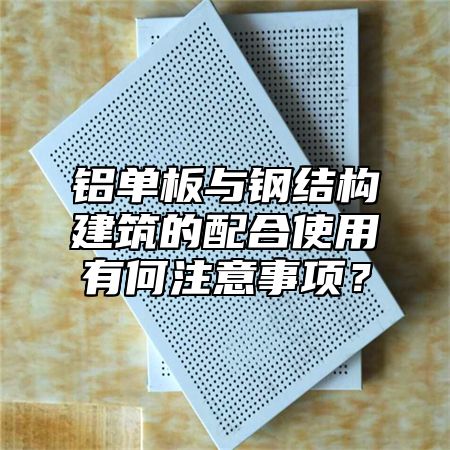
Aluminum veneerThe combination of aluminum veneer and steel structure is becoming increasingly common in modern architecture, which can fully leverage their respective advantages and improve the overall performance and aesthetics of the building. When using aluminum veneer and steel structure buildings for coordination, the following aspects should be noted:
1. Structural stability
The combination of aluminum veneer and steel structure construction requires ensuring the stability of the entire structure. In the design and construction process, it is necessary to fully consider the connection method and stress situation between aluminum veneer and steel structure to ensure the stability and safety of the entire structure. Adequate strength and stability testing is also required to verify the reliability and safety of the structure.
1. Material selection
The combination of aluminum veneer and steel structure buildings requires the selection of suitable materials. Aluminum veneer needs to have good corrosion resistance and compression resistance to adapt to long-term use environments; Steel structures require high strength and rigidity to support aluminum veneers and withstand external loads. When selecting materials, it is necessary to consider the actual situation comprehensively to ensure the reliability and safety of the materials.
1. Connection method
The combination of aluminum veneer and steel structure buildings requires the selection of appropriate connection methods. Common connection methods include welding, bolt connection, riveting, etc. When choosing a connection method, factors such as material characteristics, structural stress conditions, and construction feasibility need to be considered to ensure the reliability and safety of the connection.
1. Construction technology
The combination of aluminum veneer and steel structure buildings requires adherence to correct construction techniques. During the construction process, it is necessary to strictly follow the design requirements to ensure that every step meets the regulatory requirements. It is also necessary to pay attention to safety issues during the construction process and take corresponding measures to ensure the safety of workers.
The combination of aluminum veneer and steel structure buildings requires attention to structural stability, material selection, connection methods, and construction techniques. Only by fully considering these factors can the advantages of aluminum veneer and steel structure be fully utilized to improve the overall performance and aesthetics of the building.


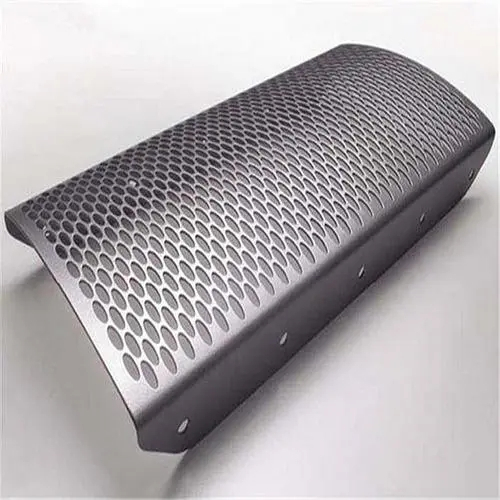
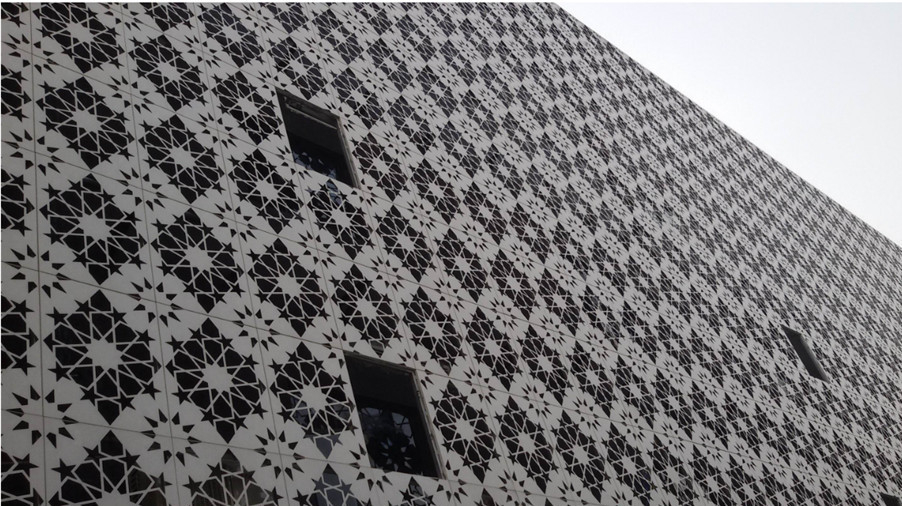
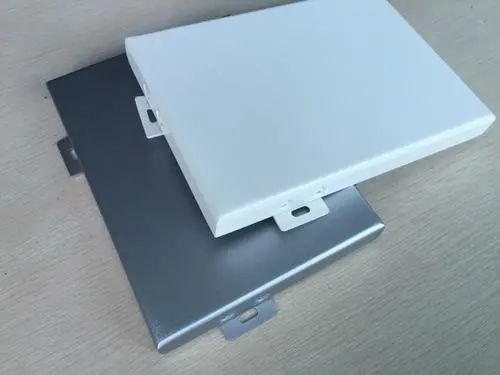
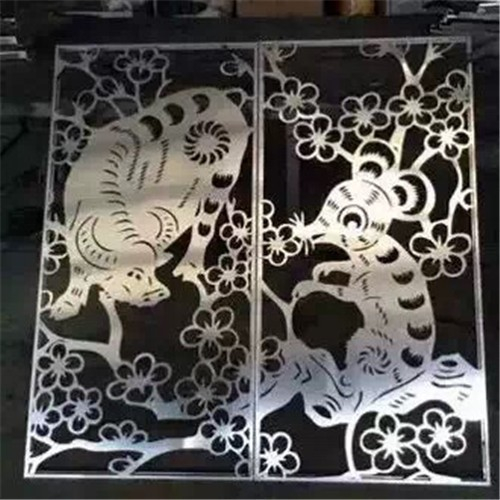
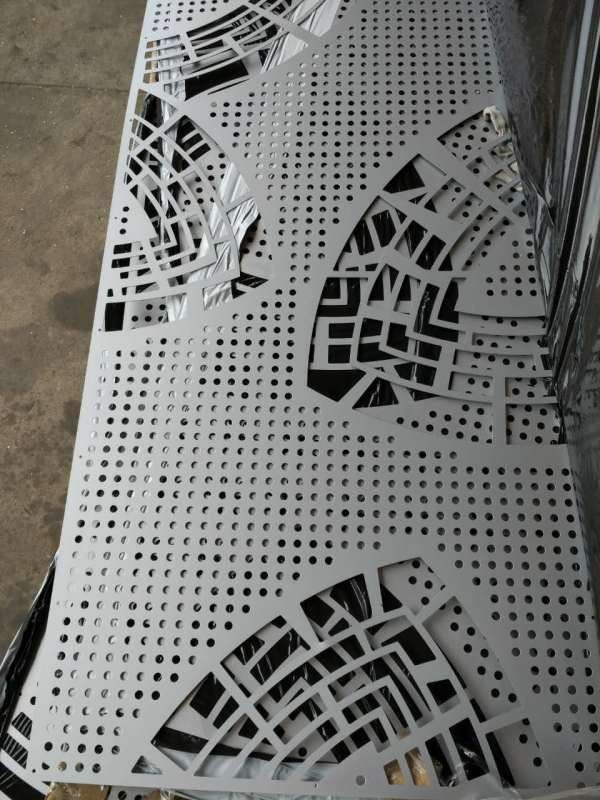
 Customer service QQ
Customer service QQ